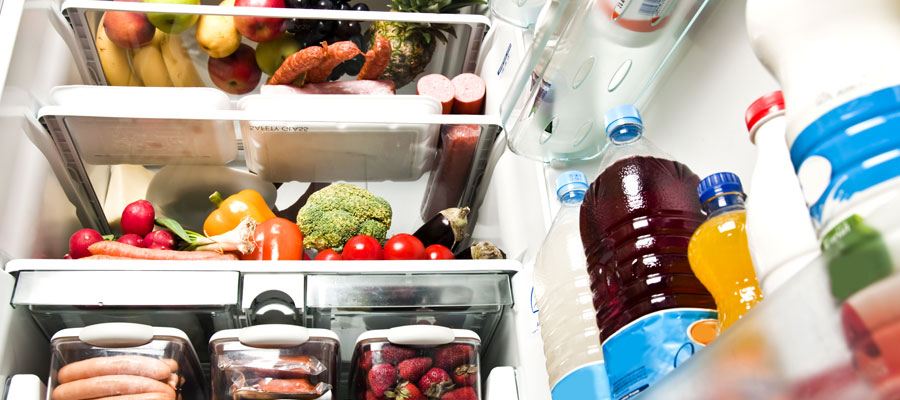
Sensory analysis is an objective method that is based on the 5 senses and the organoleptic characteristics (visual, olfactory, gustatory, tactile and mechanical) of food and allows us to compare products and verify their quality. This kind of test is carried out to check the organoleptic conformity of a particular food or observe the organoleptic changes during the commercial life of the product.
The main tests carried out are:
• Sensory test on cheeses according to the Etana model by Bozzetti, Morara, Zannoni
• Panel test with the processing of radar graphics
MAIN MATRICES ANALYZED
Additives, ingredients, preservatives, thickeners
• Aromas
• Infant formulae and baby food
• Alcohol-free drinks
• Coffee and cocoa
• Candies, sweets and sugary products
• Meat and meat products
• Cereals, food flours and grains
• Jams, vegetable preserves
• Flours
• Offal
• Dried fruit
• Mushrooms
• Ice cream and desserts
• Ice
• Grains
• Dietary supplements
• Milk and dairy products
• Legumes
• Honey and beekeeping products
• Animal oils and fats
• Olives and derivatives
• Fruit and vegetables and derivatives, fourth range fruit and vegetables
• Pastas
• Pastry and creams
• Seafood products, crustaceans, molluscs and fish preserves
• Dehydrated preparations for tea, infusions and chamomiles
• Herbal products and medicinal plants
• Bakery products
• Gastronomy products
• Frozen products
• Salt
• Sauces and gourmet products
• Cured meat
• Syrups
• Seeds, oleaginous fruits and extraction flours
• Snacks
• In oil and pickles
• Spices, herbs
• Fruit juices
• Surfaces (swabs, sponge bags, slides, plates)
• Tea, infusions, herbal teas
• Eggs and egg products
• Wines and spirits
• Yogurt
• Sugar and molasses
